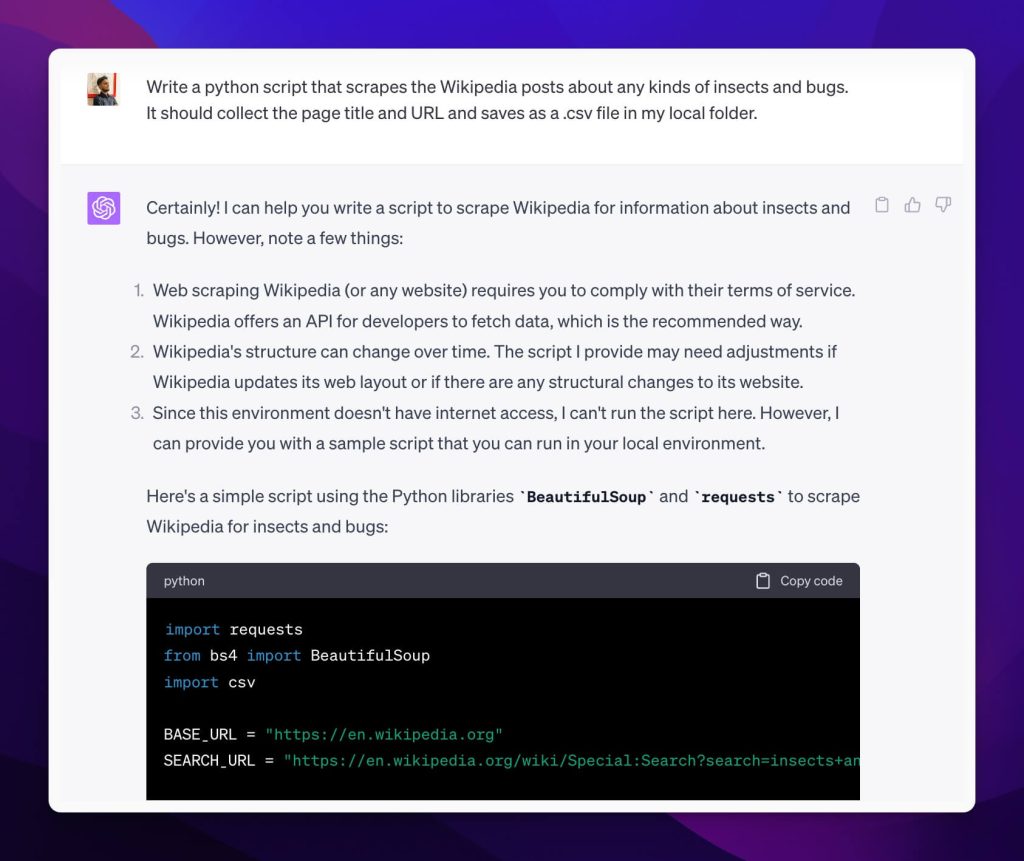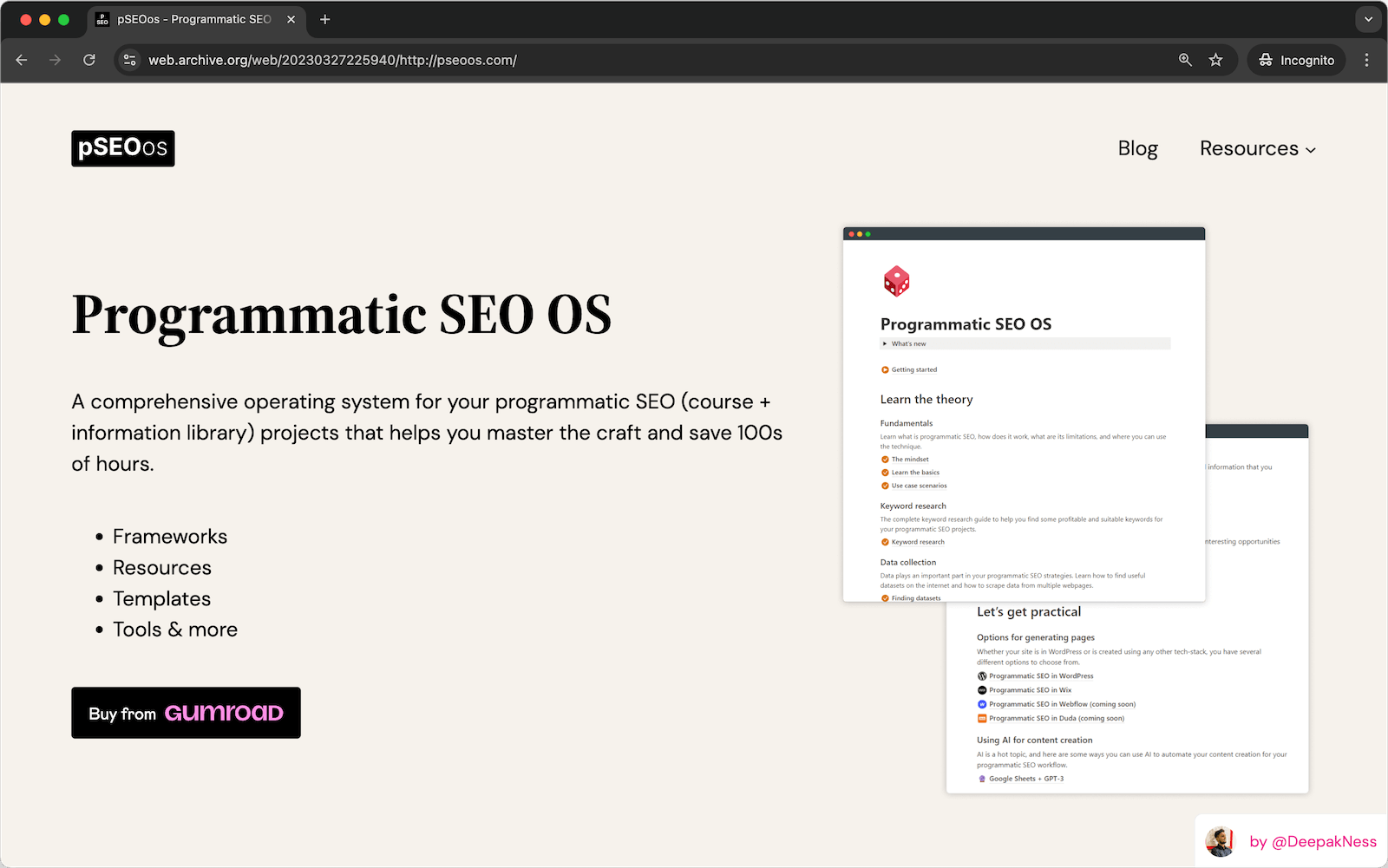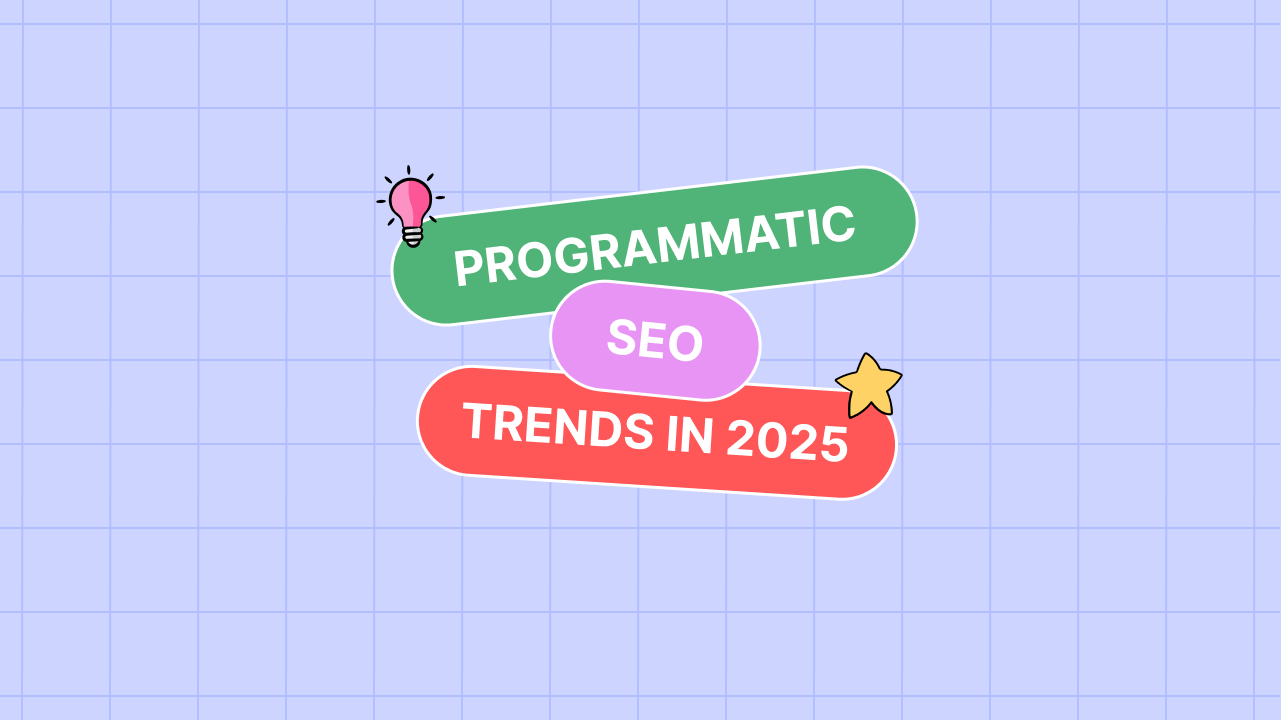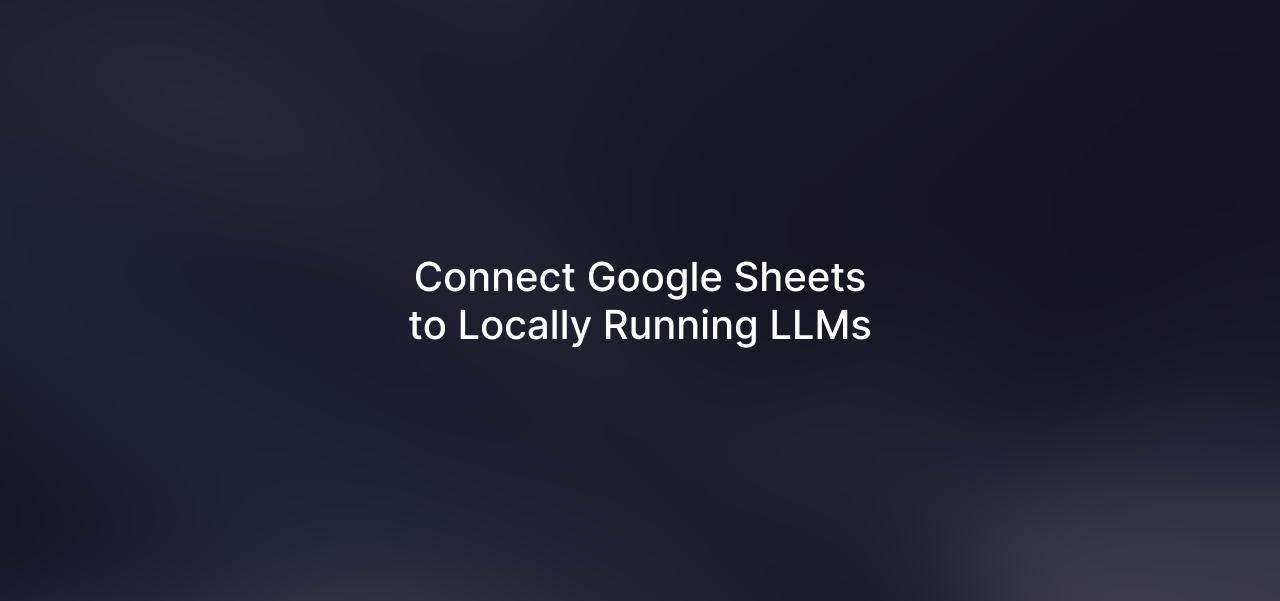Programmatic SEO has multiple forms, but for the one that requires a lot of data, having good datasets become crucial for the pSEO success.
A while ago, I worked on a project that required 80+ data points, and I was collecting everything manually only to later find that it could be scraped within minutes. And that too by using no-code tools.
In this blog post, I will be explaining several ways to scrape data from one site or from multiple websites by using code as well as no-code solutions.
Let’s get to it…
What is data scraping?
Data scraping is the process of extracting data from websites or other digital platforms. It involves using specialised software or custom scripts to automatically gather valuable information for analysis, research, or other purposes ( and in this case, for programmatic SEO).
Although you are allowed to scrape public internet data, some websites have strict scraping rules. Therefore, always check a site’s terms and conditions before starting to scrape data.
Also, I have written a detailed guide on finding useful datasets for pSEO that you may find helpful.
Different ways to scrape data for pSEO
For data scraping, there are numerous ways and tools available that you can utilise. Here, let’s start with the simplest one:
1. Data scraping using no-code tools
No-code scrapers have become so smart that they automatically detect the web pages to find repeated patterns or useful data you may want to scrape — you can start scraping within minutes.
I have used a few no-code scraping tools, but loved Octoparse the most. To demonstrate how easy it is, I have recorded and added a quick video above that shows how I was able to scrape all the blog posts on the site within minutes.
And even if your data sits on multiple web pages of the same or different websites, Octoparse is still super handy. Just provide it with the list of all the URLs, specify what data you want, and it will start scraping. On YouTube, there are multiple tutorials like this, this, and this.
The best thing about Octoparse is, it’s not very costly. Their desktop app (which comes for both Windows and Mac) can scrape up to 10,000 rows of data, even on the free plan. But if you need cloud scraping features and unlimited export limits, you can get their $89 a month plan.
Apart from Octoparse, there are some other tools as well that you can explore:
2. Data scraping using code
If you have the technical skills, you can use Python and other scraping APIs to automate the entire process. And even if you just understand the basics, you can use ChatGPT to write the scraping scripts based on the details that you provide.

For example, I asked ChatGPT to quickly provide me with a Python script that scrapes the titles and URLs of all the pages that appear after searching the term “insects” on Wikipedia. And it provided the script which indeed scraped and saved everything in a CSV file.
Yes, sometimes, you will run into errors when running the code provided by ChatGPT, but then copy-paste the errors to ChatGPT as well, and then it will modify and try to fix the code.
Apart from this, there are several tutorials available on YouTube that explain data scraping using Python in detail. Here’s a fantastic tutorial by freeCodeCamp that talks about the basics and is easy to understand for beginners.
Compared to the tools like Octoparse, there are several benefits to using custom code for data scraping for programmatic SEO:
- It’s cheaper, and in most cases, even free to set up and use
- Is capable of scraping hundreds of thousands of rows of data
- No limitation on what you can scrape and in what format you want the data
- Can run on your local computer on a server as well
Apart from this, you can also take advantage of amazing scraping APIs like ScrapingBee.
Read next: What is Programmatic SEO? The Complete Guide
Final words
A high-quality dataset can make your programmatically generated pages stand out and rank higher in the SERP as well. I have mentioned code as well as no-code solutions for data scraping for pSEO in the post — you can choose what works best for you.
I also have a detailed blog post on how to find cool datasets that someone has already put together or scraped, and use that for programmatic SEO.
And if you have a related query, kindly feel free to let me know in the comments below.








Leave a Reply